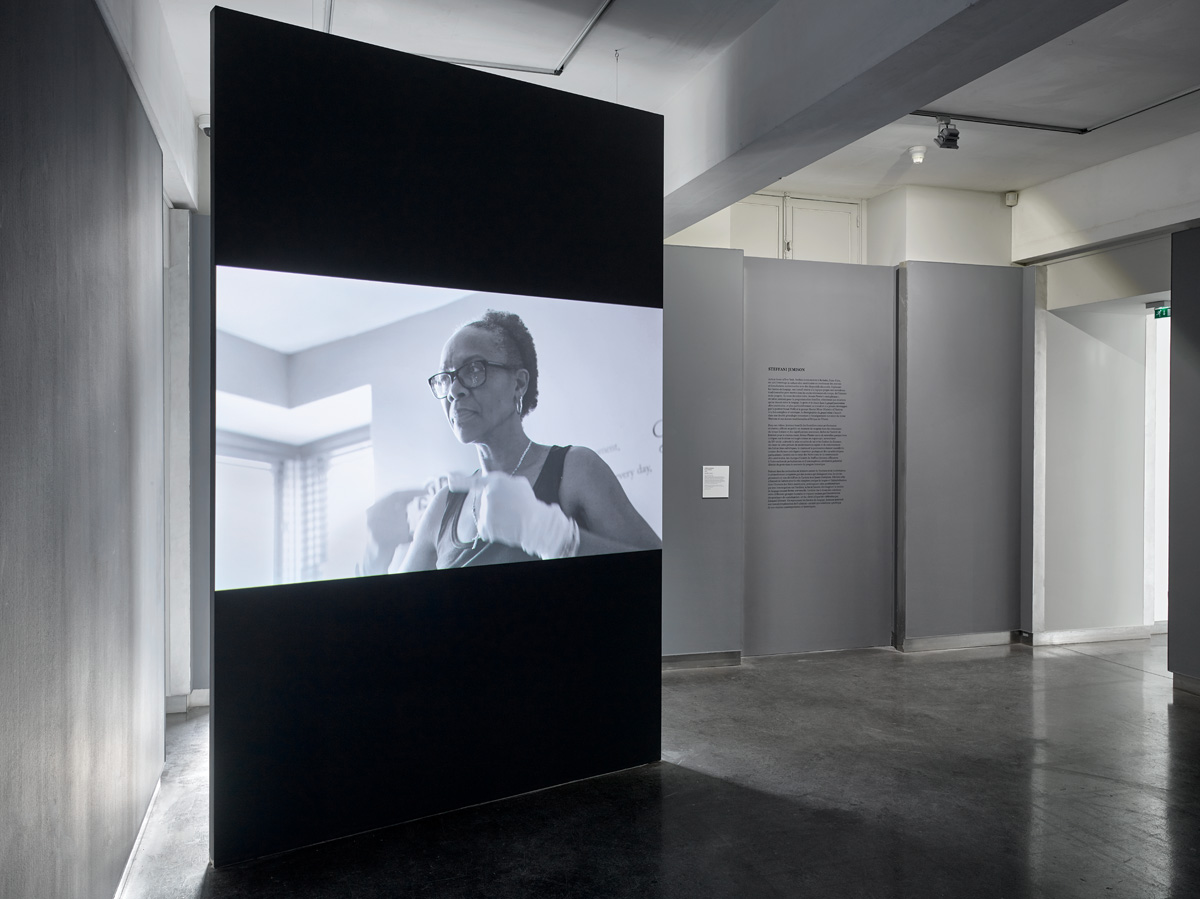The Economy of Living Things
“The Economy of Living Things” concerns the value of undocumented peoples, the flights of birds pushed by high winds, the pathways of dreams and the songs and stories of freedom. In a broadening geo-political landscape, we can observe the routes of traffic forcing the movements of people, goods and processes into phases of conflict and agitation. In this existing world of hegemonic borders and empires drawn by war, we can understand the need for places of worship and spaces of encounter in our common reality.
To admit history is a fragile space is to listen to the little-known personal stories that tear through imposed narratives. From here we begin an archaeology of time that renders visible things unseen; an alternative territory; a transnational imagination. In a series of newly commissioned works, lens-based media is used to re-enliven events of histories rooted in personal, political and collective experience. Together the artists share an interest in the living histories of the communities and cultures to which they belong, capturing those intangible and immaterial expressions of life and livelihood. Beyond defining comprehensive narrative structures, spaces are often left open only to be filled by the emptiness of words, gestures and encounters. Entering these worlds, we often find that we are awoken to the clamour of our own reality, the lives of unknown others, erasures and displacements, the pains of exile and the loss of traditions.
While being rooted in the medium of film, “The Economy of Living Things” will take on an interdisciplinary program inviting performative and site-specific encounters with the moving image. By accommodating the complexity of contemporary practice, the framework will be an essential entry point to a breadth of interests from ethnomusicology and archaeological systems to colonial discourses and utopian conceptions of racial progress. Opening with Ali Cherri and closing with Jumana Manna, Satellites 10 will be oriented towards the tradition and preservation of histories as containers of living memory. Such encounters will open the space for the elaboration of temporality by Steffani Jemison and Oscar Murillo whose formal practices emphasize the poetics of physical gestures informed by wider socio-economic conditions such as industrial factories, urban high-streets and public parks. Moving beyond the notion of physically mapping history, “The Economy of Living Things” moves toward a consideration of the political body’s movement through material, local, and symbolic time and the impossibility of controlling living things.
Press Release, Jeu de Paume, February 2017 © Osei Bonsu, 2017.
Installation views, Maison d'Art Bernard Anthonioz © Jeu de Paume, Photographe Raphaël Chipault










